NATO is a Farce, Part 6: Europe's New Militarism
A frightened Europe once more turns to militarism and authoritarianism, and it will not end well.
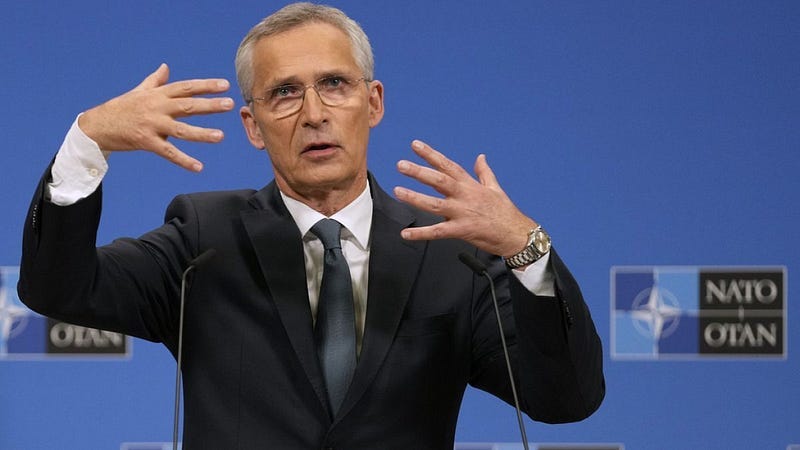
This instalment focusses primarily on Europe, and how the European NATO allies are desperately seeking to create a new “security structure” that is independent of the United States, whom they regard as insufficiently aggressive towards Russia.
Unfortunately for Europe, the solution they are creating looks a lot like a totalitarian nightmare.
NATO has changed
According to the first Secretary General of NATO, the British Lord Imsay, the original purpose of the alliance was to “keep the Americans in, the Russians out and the Germans down.”
That purpose no longer seems valid, inasmuch as the Americans do not seem to be as “in” as they once were.
In fact, European NATO members — especially those in the East — seem to be deliberately breaking away from the United States, pursuing their own — much more warlike — policy towards Russia, even as the US appears to be withdrawing from Europe to focus on “other areas” such as China and the Middle East.
I explained this change in NATO force posture in my previous article, “NATO is a Farce, Part 3: Not Your Daddy’s NATO”.
In 2021, Joshua R. Shifrinson, a “term member” of the Council on Foreign Relations (CFR), wrote an article for the Quincy Institute for Responsible Statecraft, another Washington think tank, and explained this changing dynamic:
“As the 1990s and 2000s unfolded, American leaders also turned to NATO as a tool for structuring and lending legitimacy to an array of “out-of-area” military adventures. Operations in Bosnia, Kosovo, and Afghanistan all fall into this category. With the Soviet threat removed, the United States increasingly used NATO as a way of organising European security in ways that sustained and reinforced American geopolitical preeminence.”
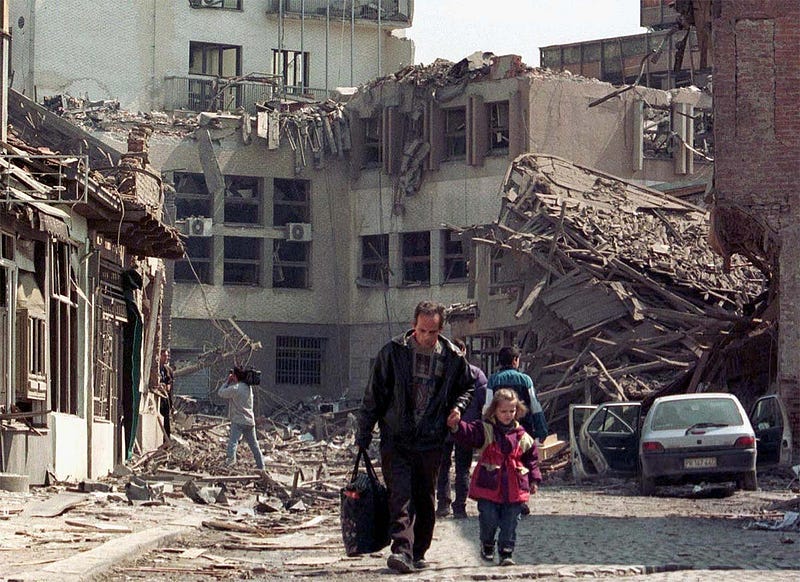
For decades, European NATO members were content to accept the new nature of the alliance. But now they seem determined to “buck” the United States in order to pursue a more “Euro-centric” military strategy.
Unfortunately, this strategy represents an unhinged, aggressive, militaristic path that will almost certainly lead to their own annihilation.
America’s withdrawal is a challenge for Europe
As described above, the changing defence posture of the United States has meant that America is increasingly less able — and less willing — to support Europe in a major war against Russia. European NATO allies are demonstrably frustrated with America’s reluctance to “climb the escalation ladder” in Ukraine.

While the political elites were initially happy to support Ukraine materially and have them “fight until the last Ukrainian”, the war is much less popular among the general public, and even official support in Washington DC has “waned”, according to the Pew Research Center.
NATO and Ukraine have now become partisan issues in America, and should a new Republican Administration take over in 2025, then US support for NATO — indeed the alliance itself — may be in danger.
There is no question, then, that American support for the war in Ukraine and for NATO itself is declining, no matter what the Biden Administration may say.
Indeed, Biden’s own expressed support for Ukraine has already changed, going from “for as long as it takes” to “for as long as we can”, and military brass are complaining about dwindling stockpiles of necessary equipment and munitions.
And then there is the renewed possibility of a President Trump.

Another “President Trump” would be a wild card
Donald Trump, who has never been a friend of NATO, has recently taken to blaming NATO expansion for the conflict in Ukraine.
“For 20 years, I heard that if Ukraine goes into NATO, it’s a real problem for Russia. I’ve heard this for a long time. I think that’s why this war started”, Trump said.
Trump has already expressed a desire to negotiate with Putin and bring a swift end to the fighting in Ukraine “in 24 hours”.
The BBC even foresees a general rapprochement with Russia if Trump wins:
“If Mr Trump returns to the White House, this more positive attitude toward Russia — which is echoed in much of the Republican base and some of the party’s members in Congress — is likely to re-emerge as a driving force in US policy.”
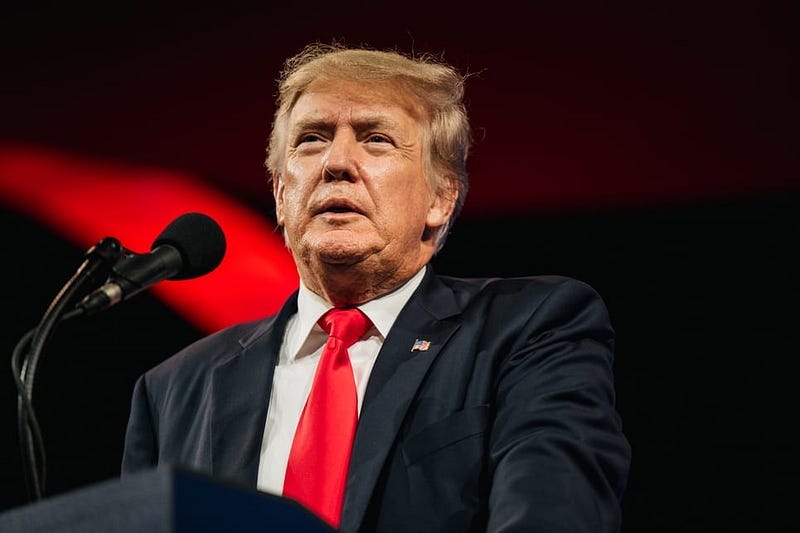
In fact, Trump is known for his vociferous complaints about America’s NATO allies in Europe.
“We don’t have ammunition for ourselves. We’re giving away so much,” he said at a recent CNN town hall, accusing European countries of not contributing enough. In February, Trump even said he would “encourage” Russia to attack any NATO member country that didn’t meet its financial obligations to the defense alliance.
As a recent analysis by the UK’s Chatham House concluded:
“Whoever wins the next presidential election, America is likely to focus more on the challenge of China than the defence of Europe”
For the EU, making peace with Putin is a non-starter
The US wants to avoid war with Russia. Oh, what is a Russophobic, Putin-hating, warmongering European to do?
Since the start of the conflict in Ukraine, it seems the EU leadership has been more bellicose and more willing to get involved directly than their NATO Big Brother across the Atlantic.
Economically, Europeans have paid a much higher price for the war than Americans. The level of trade that the EU had with Russia was many times higher than that of America, and so the sanctions imposed by the EU and US impacted European economies and daily life much more severely when they “backfired”.
Indeed, whereas the Russian economy is now booming, the EU economy is sliding into recession.
The loss of Nord Stream, for example, led to a spiral of de-industrialisation in Europe to where automakers like BMW and Mercedes can no longer afford to produce in Germany.

The situation is very different for the United States. In my article, “OF COURSE the U.S. blew up Nord Stream”, I explained how the forced de-industrialisation of Europe — and especially Germany — actually promotes US economic interests.
But HERE’S THE RUB:
Europe cannot blame the United States, their great “partner and ally” for their miserable state of affairs, including a looming recession, immiseration of their population, and generally poor economic outlook.
And yet, they must blame SOMEONE.
Putin as universal scapegoat
As they watch their economies and societies disintegrate before their eyes, European leaders have decided who is responsible, and who must bare the blame for their mistakes. The EU sentiment is now:
We cannot let Putin get away with it!!
But if the US, the driving and guiding force behind NATO, is reluctant to engage Putin militarily, what can the European allies do to exact their revenge?
Not surprisingly, Europe is once more turning to militarism, autocracy and authoritarianism as a solution to its socioeconomic woes.
Europe returns to the Cold War
The Europeans seem fixated on militarism to the point where they are now even willing to “break away” from their less bellicose allies on the other side of the Atlantic.
As I described in my previous piece, “NATO is a Dangerous Farce — and We All Know It”, the “Economic Factor” of NATO is the part that is most important to the United States.
Getting NATO members to buy US arms, vehicles, aircraft and weapons systems is what helps keep the American economy afloat. For the US, new NATO member states mean new customers for the US Military Industrial Complex.
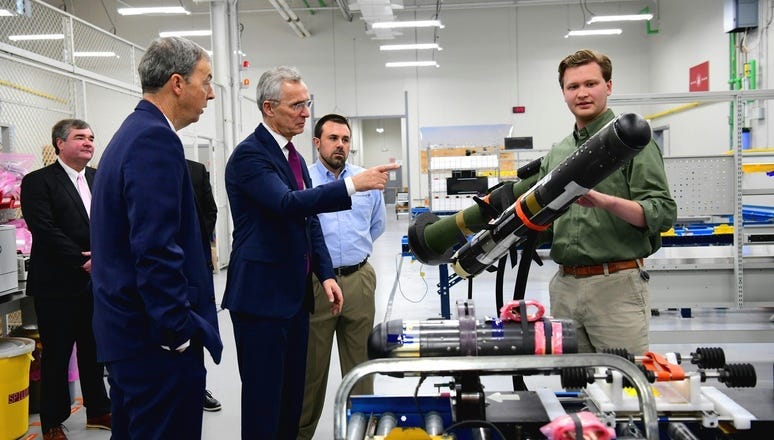
For European NATO, it’s still about the Russians
For America’s European allies, however, the “Strategic Factor” is paramount.
Their obsession with NATO’s strategic mission stems from the fact that they have seemingly all decided that Russia has become the Soviet Union, and Russian hordes are poised to march across all of Europe, leaving death and destruction in their wake.
To put it simply: when it comes to Russia, the Europeans — much more so than the Americans — consider the conflict with Russia to be an “existential” one.

Josep Borrell is the former High Representative of the European Union for Foreign Affairs and Security Policy , the EU’s top diplomatic post that Kaja Kallas now has. He told a UK audience in May that Putin is the greatest threat facing Europe:
“Today, Putin is an existential threat to all of us. If Putin succeeds in Ukraine, he will not stop there. The prospect of having in Kyiv a puppet government like the one in Belarus, the Russian troops on the Polish border, and Russia controlling 44% of the world[‘s] grain market is something that Europeans should be aware of.”
For example, in 2022, the European Commission Vice President Valdis Dombrovskis told an audience at Harvard that Western civilisation is threatened by Russia’s invasion of Ukraine, which he characterised as “an existential crisis”.
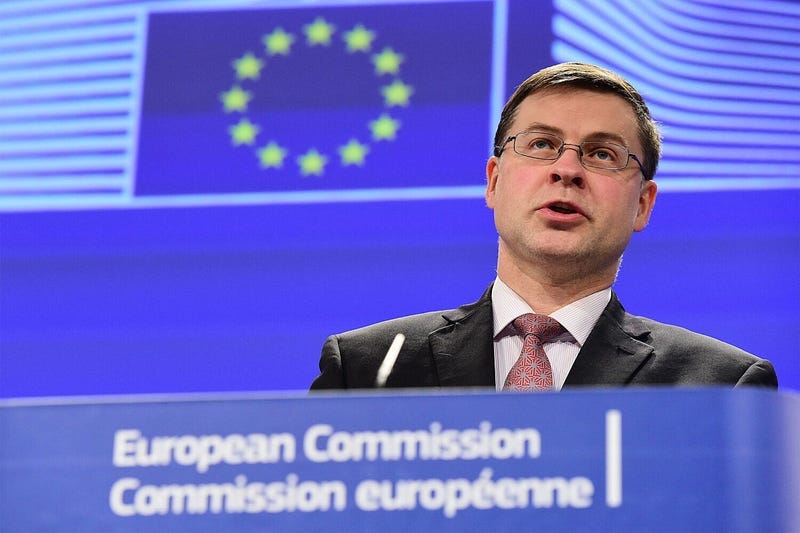
“Open warfare”
“Innocent men, women and children are dying because of Putin’s war of choice’, warned the former Latvian Prime Minister. “In this despot, Europe faces an enemy with nuclear bombs at its fingertips.”
And lest anyone make any mistake about the level of his anti-Russian sentiment, he clarified: “We are not talking about economic competition, but open warfare”.
Even French President Emmanuel Macron called the threat from Russia an existential one for all of Europe. “If Russia wins this war, Europe’s credibility will be reduced to zero,” he declared in March.
“If Russia were to win, life for the French would change,” Macron continued. “We would no longer have security in Europe”.
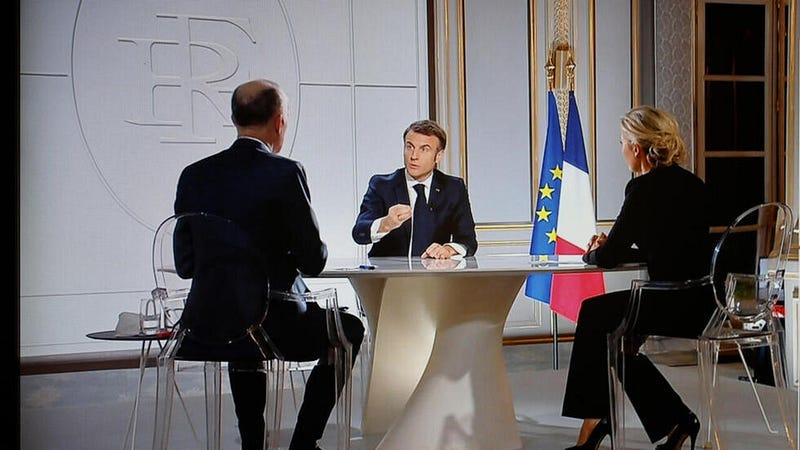
A new Domino Theory
No Cold War theory of Russia would be complete without a newfound embrace of the “Domino Theory”.
In his Oxford address, Josep Borrell also doubled down on the new Domino Theory in stark terms, elucidating the Russian threat in the persona of Putin, who — according to the Western propaganda narrative — sees himself as some combination of Peter the Great and Josef Stalin:
“Russia is considered as the most existential threat to Europe… Under Putin’s leadership, Russia has returned to the imperialist understanding of the world. Imperial Russia from the Tzar times and the Soviet Empire times has been rehabilitated by Putin dreaming of a former size and influence.”
Latvia’s Dumbrovskis also embraces the new Domino Theory. He told his Harvard audience (incorrectly) that “Russia has already threatened to invade other countries if it is successful in Ukraine”.
In fact, the Latvian leader is telling anyone who will listen that Putin plans to attack other countries as soon as he has dispatched with Ukraine.

Already in March 2022, just days after Russia crossed into Ukraine, Dombrovskis was ringing the alarm in an interview with POLITICO:
“If we do not support Ukraine, it’s not going to stop in Ukraine. Clearly Putin is now in some kind of aggressive war mood and unfortunately it is likely that this aggression will continue in other countries,” he said.

Two years later, the Latvian politician was still crying wolf about Russia. Speaking to reporters while at the World Economic Forum in Davos, Switzerland this past January, Dombrovskis was again frothing about looming Russian aggression:
“If we are not stopping Russia, there are prospects of Russia actually going further and starting new aggressive wars”, he warned, adding — again incorrectly and without proof — “they [the Russians] are openly talking about this.”
Putin as a “new Hitler”
Kaja Kallas, the Estonian PM who is set to become chief of foreign policy for the EU, is also crying wolf about Putin’s “imperialistic dreams”:
“If this aggression pays off in Ukraine, then it serves as an invitation to use it elsewhere,” Kallas told AFP last year.
And of course the age-old comparison to Hitler is for Kallas a reliable trope. Kallas recently told the Spanish newspaper EL PAÍS:
“I understand we are in different positions because different countries are further away from this war. But the lesson from the 1930s is that when something spreads in Europe, it’s going to go very fast and it’s going to affect everybody…At that time the German occupation of the Rhineland, the Spanish civil war, the Italian invasion of Ethiopia were treated as separate crises…We cannot make the same mistake.”

Reviving the “strategy of containment”
In addition to a Domino Theory, no Cold War era policy plan would be complete without a Strategy of Containment. Such a strategy was first invented by the great American Cold Warrior, George Kennan in 1947.
Apparently, for the hysterical Eastern Europeans, what worked for the USSR in the 20th century should work again for Russia in the 21st.
In fact, there seems to be some sort of paranoid potion in the water in Latvia. The country’s Foreign Minister, Krišjānis Kariņš, is also convinced that Putin is “just getting started” and told the Financial Times in January that Russia, like the Soviet Union, is bent on imperial conquest and has to be “contained”:
“Russia will not stop, Russia can only be stopped”, he quipped. “Stopping Russia in Ukraine does not mean that it is over. It simply means we will have to continue. That is what is important for Nato: that we will have to work on a long-term strategy of Russia containment”.

Western Europeans are also buying into the new Cold War. Emmanuel Macron, like his colleagues in the Baltic States, believes in the spectre of never-ending Russian aggression:
In a live television interview in March, the diminutive French leader warned his countrymen that Ukraine would not be enough to slake Putin’s lust for power. “Who can seriously believe that Putin, who has respected no limits, would stop there?” he asked, rhetorically.
Annalena Baerbock, Germany’s forever warmongering Foreign Minister, has also issued a stark warning of serious consequences for Germany and NATO if they fail to support Ukraine.
“If we do not continue to support Ukraine, we risk facing Putin’s troops on the border with Poland. War will soon be at the doorstep of the EU and NATO,” Baerbock said.
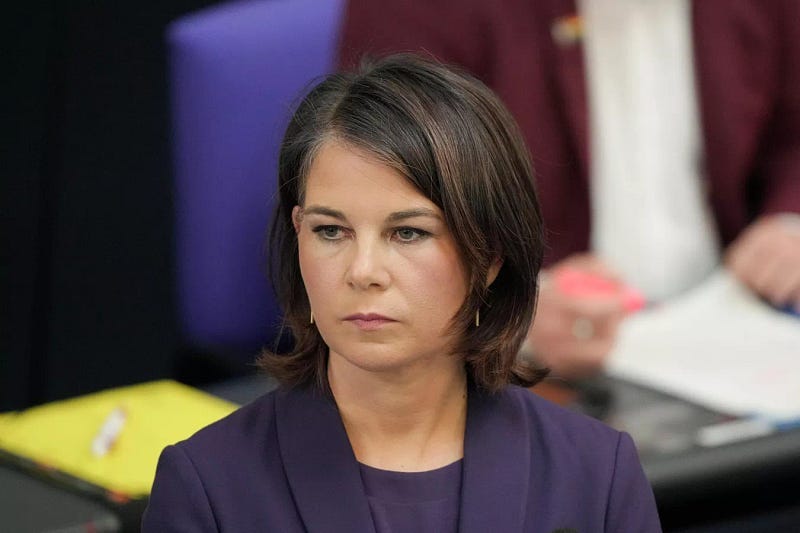
Indeed, Baerbock and her fellow German Greens are now the most Russophobic. bloodthirsty politicians in Europe, as I detailed in my article, “German Warmongers Are Going to Kill Us All”.
The US remains sceptical
In March 2022, US Secretary of State Antony Blinken visited the Baltic States to try to calm the nerves of his NATO colleagues. But Lithuanian President Gitanas Nauseda was having none of it, warning Blinken that “Russia’s reckless aggression” could lead to a “third world war”:
“Deterrence is no longer enough and we need forward defence here in place because otherwise it will be too late here, Mr Secretary. Putin will not stop in Ukraine if he will not be stopped,” Nauseda said.
For his part, Blinken would only say that NATO was “continuously reviewing its defence posture”, including by looking at more permanent deployments, as Baltic countries have requested.
Needless to say, the Baltic Russophobes were not impressed with Washington’s tepid response to what they perceive as an “existential threat”.
Europe‘s solution: a “pure” EU defence alliance
The reticence of the United States when it comes to “pushing the envelope” in the West’s response to Russia has caused more than just consternation among the Europeans: it has galvanised the EU into taking matters into its own hands, and shaking off the yoke of US dominance.
For years, there has been much talk among European leaders of the need to develop a “purely European” military alliance, one that is independent of American influence.
This discussion has become more pronounced since the conflict in Ukraine, as Europeans are forced to deal with a faltering, faint-hearted United States that is reluctant to risk an open war with Russia.
Indeed, the more Russophobic members of the EU, such as Estonian PM Kaja Kallas, regularly voice their frustration at the rules and obstacles placed in their path by the US and the NATO charter.
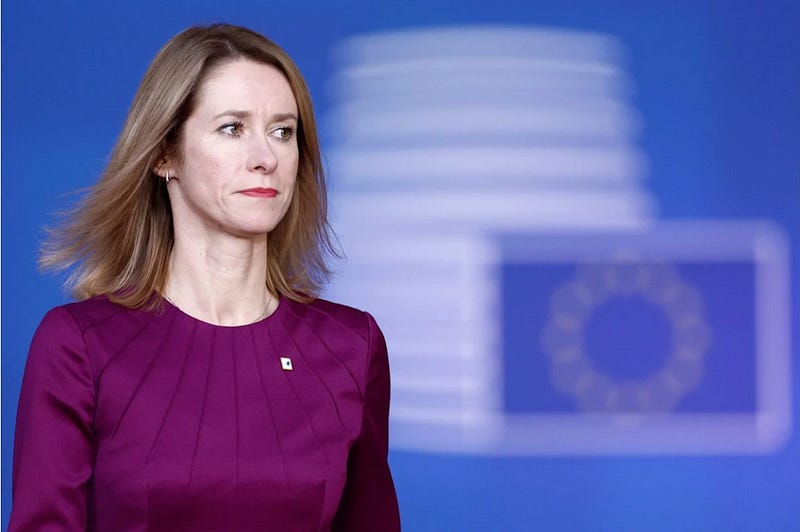
It now seems that Europeans want a new, more aggressive military alliance that is unconstrained by what they see as the outdated, Cold War era caution that permeates the US-dominated NATO establishment.

To that end, the EU actually has a Mutual Defence Clause — Article 42.7 in the Treaty of Lisbon —which was approved in 2007 and has been in force since 2009. It states that “if an EU country is the victim of armed aggression on its territory, the other EU countries have an obligation to aid and assist it by all means in their power.”
The EU’s mutual defense clause is actually stronger than the Article 5 clause of NATO’s charter. But countries like Sweden and Finland are still opting to join NATO, because the EU treaty does not include the United States. And the US has the biggest military in the alliance.
A “European Army”
As mentioned above, the idea of a purely European military force similar to NATO has always been a topic of discussion, but the conflict in Ukraine has raised that discussion to top of mind.

“Strategic autonomy” is something that French President Emmanuel Macron has brought up often, perhaps channeling his predecessor, DeGaulle, who famously took France out of NATO‘s military command in 1967.
“Being an ally does not mean being a vassal, Macron stated during a press conference on April 12 in Amsterdam.
The fact that of the 27 EU members, only 22 are in NATO, further bolsters the argument for an independent defense architecture.
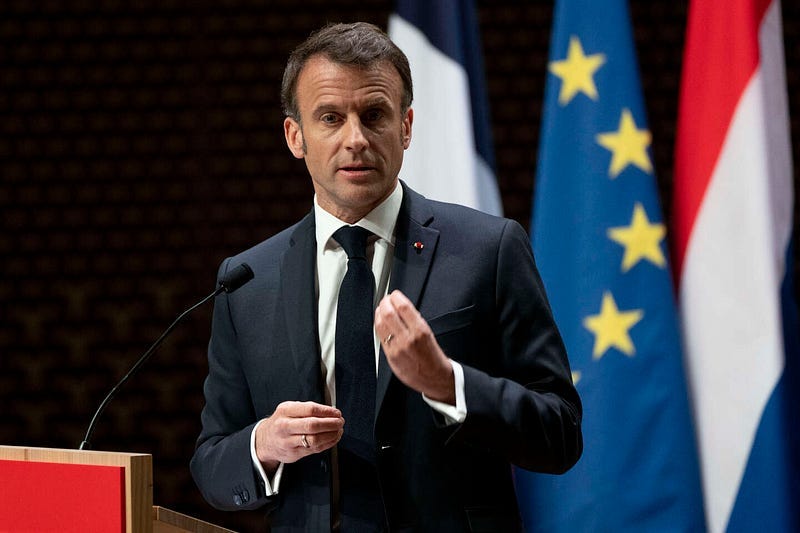
Indeed, none other than EC President Ursula von der Leyen promoted an EU defence structure in her State of the Union address in 2021: “It is time for Europe to step up to the next level,” she declared.
Von der Leyen, who previously served as the German Defense Minister, has made the EU military a centrepiece of her proposed agenda for a second term as European Commission President.
“We have to spend more, we have to spend better, and I think we have to spend in a more ‘European’ way to consolidate our defence industrial base,” she told EuroNews in February.
In January, Foreign Minister Antonio Tajani of Italy said in an interview with Italian newspaper La Stampa that “the EU should have its own army”, a founding member of both the trade bloc and NATO, last month.
In April, EU Foreign Policy chief Josep Borrell, who is also responsible for the bloc’s Security, said:
“The US umbrella that protected us during and after the Cold War may not be open all the time. Depending on who is in charge in Washington, we may not be able to rely on American support and ability to protect us. We have to build our joint capacity.”

“Strategic Compass” — a European Defence Strategy
In March 2022, just one month after Russia launched its “Special Military Operation” in Ukraine, the European Union introduced its Strategic Compass, “an ambitious plan of action for strengthening the EU’s security and defence policy by 2030.
According to the European Commission, the purpose of the new defence policy is “to improve the EU’s ability to act decisively in crises and to defend its security and its citizens.”
To accomplish this goal over the next decade, the Commission explains:
‘The Compass covers all the aspects of the security and defence policy and is structured around four pillars: act, invest, partner and secure.”
“Europe is in danger”
In presenting the Strategic Compass to Parliament, Josep Borrell, the then EU head of Foreign Policy and Security, did not mince words.
“Europe is in danger”, he told reporters, and went on to explain how the new defence strategy would protect Europe in the future.
“The European Union has to learn to use the language of power,” Borrell declared in his opening remark in presenting the defence strategy.
Since the launch of the Strategic Compass two years ago, the EU has trained Ukrainian soldiers, developed its own “Rapid Response” force, and organised LIVEX, the first joint EU military exercise, in 2023.
This year, the bloc launched MILEX, the EU Crisis Management Military Exercise in April.
Next step: a joint EU-NATO defence pact
Now that the EU had its own “homegrown” military alliance, the way was clear for the EU and NATO to sign a “Joint Declaration on EU-NATO Cooperation”.
Signed in January 2023, the pact that calls for “closer EU-NATO cooperation” and declares as its aim “a stronger and more capable European defence that contributes positively to global and transatlantic security and is complementary to, and interoperable with NATO.”

General Robert Brieger, Chairman of the European Union Military Committee, recently wrote that the EU and NATO have “different strategic objectives”, but also notes that NATO’s Strategic Concept and the EU’s Strategic Compass are two military doctrines that both talk about strengthening the EU-NATO partnership.
A separate defence pact with Ukraine
The European Union, along with Lithuania and Estonia, signed security agreements with Ukrainian President Volodymyr Zelensky at a summit in Brussels on 27 June 2024.
The agreement with the EU “lays out the bloc’s commitment to help Ukraine in nine areas of security and defence policy — including arms deliveries, military training, defence industry cooperation and demining”, according to a draft seen by Reuters.

What all this means
As the EU and NATO become conjoined militarily, the collaboration offers the Europeans a wider range of options to adopt military strategies that may not involve — let alone depend on — the United States.
This freedom allows for two advantages: (1) Europe can develop its own security system and structure, and (2) Europe can attack Russia or any other entity while affording the United States the luxury of “plausible deniability”, namely that they had “nothing to do with it”.
Yes, Europe is once again seeing the rise of militarism.
And what goes best with militarism? Authoritarianism.
NEXT UP: NATO is a Farce, Part 7: Europe’s New Authoritarianism.
#End.
If you liked this post, please consider leaving me a tip! Donations support my independent, ad-free writing.
===========================================================================





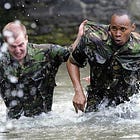

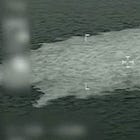

“The EU’s mutual defense clause is actually stronger than the Article 5 clause of NATO’s charter. But countries like Sweden and Finland are still opting to join NATO, because the EU treaty does not include the United States. And the US has the biggest military in the alliance.”
That explains a lot, dose not justify the stupid move, but clarifies it however (In return for the US’s involvement, they'll just have to pay the piper; MIC) . Thank you.
“Strategic autonomy” is just empty talk. Europe cannot be independent of the U.S. after destroying its energy base and becoming tied up with U.S. LNG at 4-5x the price of the gas it was cheaply importing from Russia ….and while committing export suicide by starting trade wars with China…and while the U.S. is using tax subsidies in its “Inflation Reduction Act” to steal European companies to set up manufacturing in inside US.
At the end of the day all these supposed European war hawks are just intellectual zeros and cannot possibly have thought through any of this.